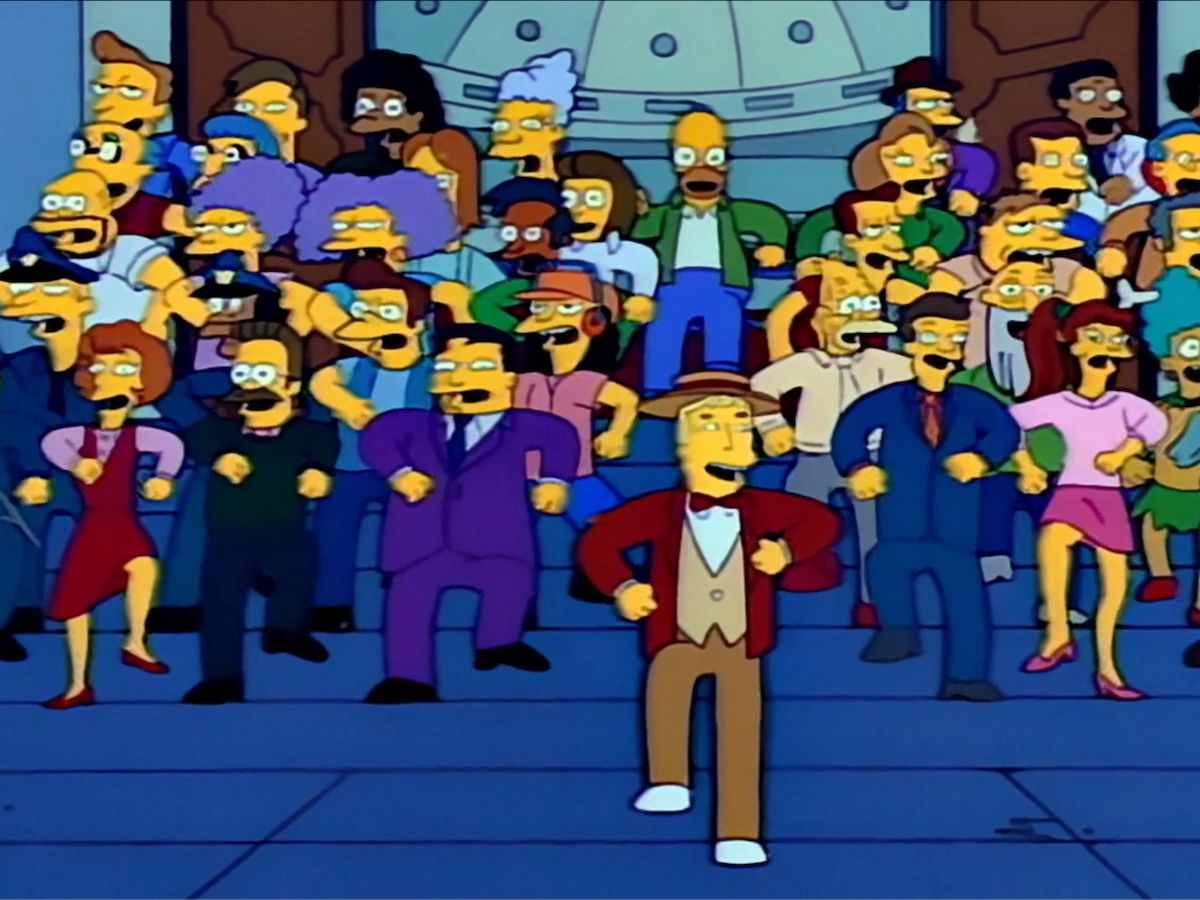Exploring the Influence of Classic Literature on Modern Films
Lights, camera, action! Classic literature has long provided inspiration for filmmakers, shaping the narratives, characters, and aesthetics of modern films. From timeless tales of love and tragedy to gripping plots of mystery and adventure, the impact of classic literature on the silver screen is undeniable. In this article, we will delve into the fascinating interplay between these two art forms, exploring how iconic literary works have influenced the world of cinema.
The Evolution of Adaptations
The relationship between classic literature and modern films dates back to the early days of cinema. One of the first film adaptations of a classic novel was the silent film ‘Oliver Twist’ in 1912, based on Charles Dickens’ renowned work. Since then, countless literary masterpieces have been reimagined for the big screen, captivating audiences with their timeless stories and unforgettable characters.
From Page to Screen
Adapting a classic novel into a successful film requires a delicate balance of honoring the source material while also translating it into a visual medium. Filmmakers often face the challenge of condensing a complex narrative into a two-hour movie, sacrificing certain plotlines or characters to enhance the cinematic experience. However, when done right, a well-crafted adaptation can bring new life to a beloved story and introduce it to a whole new generation of viewers.
Key Examples of Literary Influence
Some of the most iconic films in cinematic history have been inspired by classic literature. For instance, Francis Ford Coppola’s ‘The Godfather’ drew heavily from Mario Puzo’s novel of the same name, capturing the dark and compelling world of the Mafia with unparalleled intensity. Similarly, Jane Austen’s timeless romance ‘Pride and Prejudice’ has been adapted into multiple successful films, each capturing the wit and charm of the original novel in a unique way.
The Impact on Filmmaking
The influence of classic literature on modern films extends beyond individual adaptations, shaping the way filmmakers approach storytelling, character development, and visual aesthetics. By drawing on the rich tapestry of literary works, filmmakers can tap into universal themes and emotions that resonate with audiences across time and culture. This cross-pollination of artistic mediums enriches both literature and cinema, creating a powerful synergy that continues to inspire and entertain viewers worldwide.













